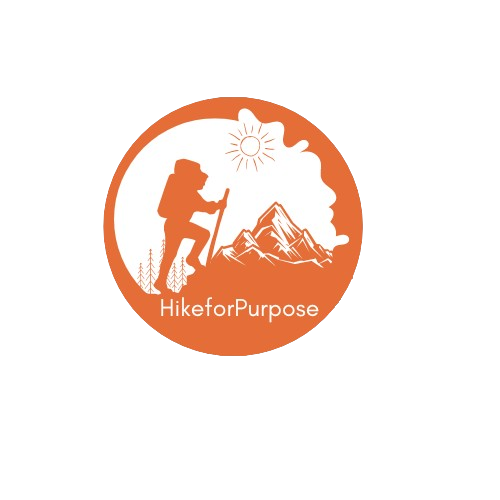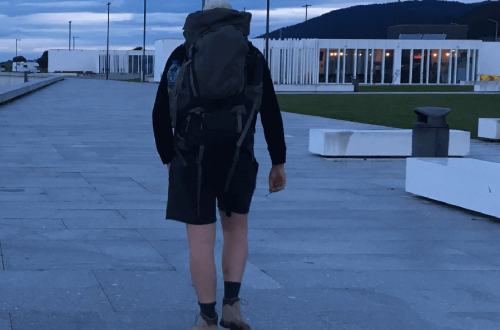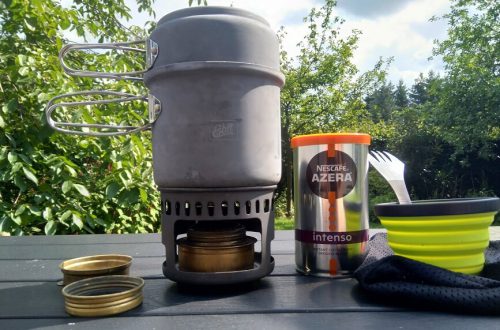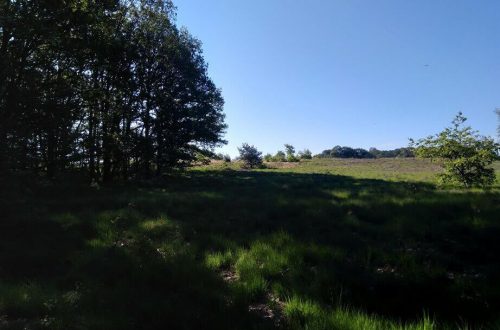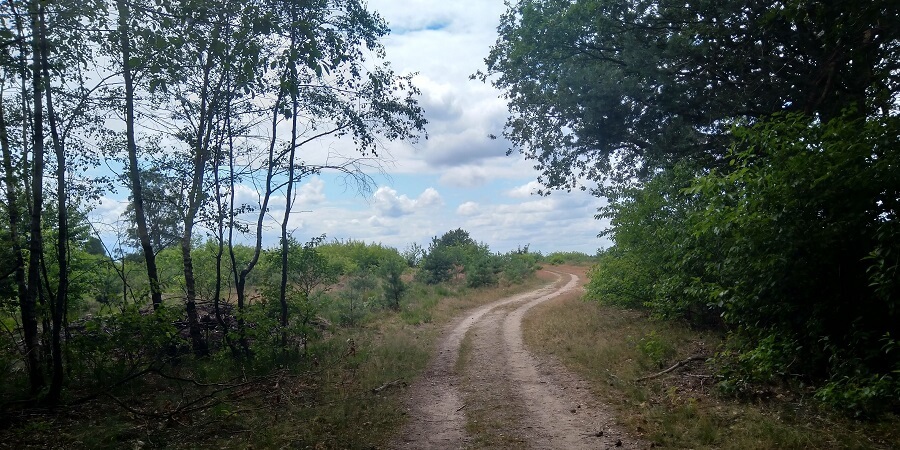
Learning skills for hiking
Hiking is not that complicated, step one pace forward and repeat. However, there is a lot comes around when hiking. Lets go over those skills for backpacking.
When you are just starting out hiking I recommend to do just that, start hiking. Look around for hiking trails near you and toughen up your feet and get used to walking all day. Start out with as much as your comfortable with walking and branch out to hiking with full gear on. That is the base skill that you need to get down, getting used to walking with all your gear on your back.
Topics covered in this article.
- Planner and statistic analyst
- Basic first aid
- Navigator
- Social skills for hiking
- Environmentalist
- Improviser
- How to safely work with tools and gear
- Fire, Shelter and basis search and rescue skills
Planner and statistic analyst
To get out there hiking you need to have your gear list in order, a gear list is not a set and forget sort of thing. You will be constantly making big or small adjustments to it with gear that is maybe better or lighter. Or will provide some more comfort where you need it.
Best way to get your gear list squared away? Weigh everything, get a kitchen scale and start a spreadsheet with every single item you plan on taking with you. And then start cutting and slashing. You have UltraLight hikers that cut the tags of their clothing and cut the handle of their toothbrush. I’m not saying you should start out with doing that, but it can make a huge difference to know exactly what everything weighs.
The hiker with a plan
The planning stage is something that takes a bit more when you are going to do a wilderness hike when you are away from society and alone. If you are going on a Camino hike in Europe I would suggest booking your first night and forgetting about the rest. Plans have a habit of breaking apart on a Camino. But it is always a good idea to have a backup plan in place.
What do I mean with a backup plan? Have something for water, food and shelter. These three will keep you OK in many situations. Next is a communication device where you can reach help with.
And most of all it is recommended to know what kind of weather you are dealing with while out on a hiking trail. It is always good to be prepared for the unexpected storm. But the basic temperature range can decide many different gear choices for you.
One of my favorite polar opposite to me people I have met was in a Newcastle hostel when starting out with my Hadrian’s wall path hike. She was a girl from Israel traveling through the United Kingdom. Every single night and event was pre booked and reserved. From hostels and campsites to museums she was going to visit. And as a bonus she carried around a huge folder with color coordinated tags for the different activities and days.
I am never going to be one of those hikers or travelers, things happen a bit more organically for me. If you are one of those hikers or travelers more power to you! I will take the walking through the night or huddling up in my tent somewhere in a field.
Basic first aid
During my outdoor school years I had the luck of receiving first aid training, since then I have been to several meetings and training’s to keep that part of the education alive. Not just for hiking it makes sense to know some basic first aid, but also in day to day life.
Learn how to treat a cut, a sprained ankle and carry a first aid kit. You never want to use it of course but you will be so glad for when that day comes and you are prepared.
If you do not have the time or funds necessary to get certified or trained at least do your own research on YouTube and on other channels. A tip here and there can make quite a difference when it counts.
Navigator
Nowadays it is certainly not as much of a challenge to navigate out on trail. With your smartphone in your pocket you can even get a satellite connection way out in the middle of nowhere.
Should you rely on technology alone at all times? I do not think so, learn how to read a map and carry a map of the area that you are going to be staying in. Next is a simple lightweight compass for keeping your bearings.
Learn how to use your smartphone or GPS to find the trail and what signs you need to look out for. Having the latest technology at your fingertips requires you knowing how to use it to. Download the maps offline so you have a stable plan of where to go even without an internet connection or cell reception. And have a reliable way to charge your phone.
Social skills for hiking
One that may surprise you is that hikers run into to each other all the time, there are a few trails out there that are quieter than others. But the general rule is that you will meet a bunch of new people on hikes. The social aspect is different from trail to trail and it is up to you to read into that and adjust accordingly.

Tell something about yourself and don’t be afraid to talk to other hikers. On the different trails that I have walked there was a difference in the level that people seek other hikers out. But every trail there is small talk, and sometimes really deep talk within a couple of hours of meeting each other.
If you are looking for meaningful conversations you can find those with other hikers or Pilgrims on the Camino’s. More so in the latter group I have found.
Environmentalist
Hiking is most often to see the sights and sounds of nature. Seeing the beautiful ocean while on a Camino, the long stretching and rolling hills of the highlands or the forests of America. Your responsibility as a hiker is to preserve the trails and scenes for the next generation of hiker that comes along.
If I ever catch you dropping your ramen noodle package or healthy vegan food bar wrapper out on trail I can feel an urge of ramming that somewhere where the sun doesn’t shine.
The world has enough plastic and trash in the oceans, don’t be that hiker that leaves a trail of food wrappers and butts everywhere.
Steps you should take to lessen the impact that you have out on trail is the Leave no trace principle. Take a trash bag for stuffing every bit of trash in, clean up your campsite so as to seem nobody has stayed the night there and take care when using your stove and campfires. And clean up others peoples trash whenever you find it.
It is not rocket science.
Improviser
When hiking stuff breaks, that one tear in your brand new rain jacket. A hiking shoe that needs it repairs or any other item that can break. Learn how to improvise, adapt and overcome. To quote the Bear Grylls meme.
Although funny there is a measure of truth to that statement. Try to look at an item and find multiple uses for that item. It is not only a tarp for under your tent, but a rain cover when in a pinch, a picknick blanket and a place to store your gear in.
And the same goes for when an gear item breaks, can you use something else that will work the same way? Try to lay out your gear and think about every item critically.
How to safely work with tools and gear
Before you cut through that food package with your razor sharp hiking knife try to look beyond the package. Are you cutting it open on your leg or can the knife swing beyond and towards you?
Try not to be stupid when working with tools and gear while out on trail. Look up some basic safety videos on how to work with a knife or a stove. A trip to the emergency room is enough to cut your hiking trip and funds short when you need to be airlifted out of the mountains.
When I was younger I played around with homemade alcohol stoves a lot. Some scars from burn wounds I still have. Painful back then and dangerous when you are on trail. Everybody can be thoughtless sometimes, but try to limit the exposure to harmful events.
Don’t run down that hill, but walk and keep your hiking poles extended for more grip. When walking up a wet and slippery rock trail slow way down and test out the grip of your shoes on the surface. When lighting your stove pay attention if you have made a proper seal on the gas canister. And don’t put your face above it. Look out for the ultralight clothing and jackets, those things will melt and burn quite fast.
There are a million ways to get hurt in everyday life and on trail, be safe out there and keep your head in the game.
Fire, Shelter and basis search and rescue skills
Some knowledge of basic survival and bushcraft skills is very useful to have. Learn from books and apply that knowledge in practice. Learn how to make a fire with no firestarter. Know how to make an emergency shelter from your tarp if something happens to your tent. How to get dry when your soaking wet and cold.
I always recommend the book survive by Les Stroud for a good read on the subject. Carrying something high visibility is a good way to stand out instead of coming to the woods in full camouflage.
Text messages have better luck of finding their way out than calls and a Spot message can always get the word out in an emergency.
If you have any other skills that you think hikers and backpackers should know please share them down in the comments!
Happy and safe hiking, and hike for purpose!


